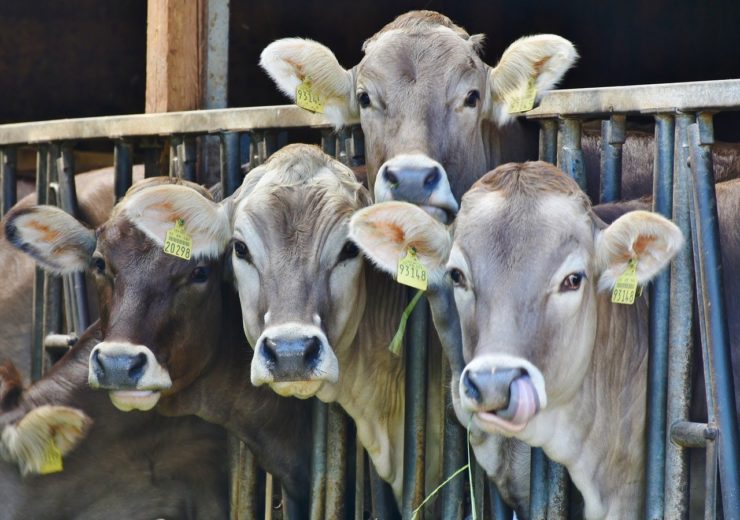The new index tool HoofPrint will offer insights about bulls and cows with the potential of producing less methane and nitrogen levels, improving the average environmental footprint of dairy farmers

New Zealand agri cooperative LIC launches new index for dairy farmers. (Credit: Pixabay/RitaE.)
New Zealand-based cooperative Livestock Improvement Corporation (LIC) has launched HoofPrint, a new tool to help dairy farmers in reducing their environmental footprint.
LIC’s HoofPrintindex is claimed to provide farmers with accurate insights about bulls born since 1 January 2009 with a potential to breed progeny for dairy herds with a lighter environmental footprint and on cows that produce less methane and nitrogen per kilogram of milk solids.
Each year, the cooperative produces a catalogue showcasing bulls available for use for the upcoming mating season.
This year’s Genetics Catalogue will be added with the new HoofPrint index to enable farmers to select bulls based on their predicted ability to generate offspring with lower environmental impact.
LIC CEO Wayne McNee said: “HoofPrint is a 10-point ranking system developed to help farmers achieve their environmental targets and enable them to make more informed decisions about the environmental efficiency of the milk they produce.
“The ranking system is from 10 to 1, with 10 being the strongest in terms of being the lowest environmental impact per kg product produced. The index enables farmers to rank and compare enteric methane and urinary nitrogen per kilogram of milk solid produced, using genetic data across all dairy breeding bulls.”
Enteric methane emissions (cow burps) and urinary nitrogen excretion from cows are considered to be the two major contributors to the environmental impact of dairy production in New Zealand.
Farmers in the country are aiming to reduce their environmental footprint and are seeking new ways to achieve it.
HoofPrint from LIC can quantify expected emissions and excretion of cows
The assessment of actual emissions and excretion from dairy cows in a pasture-based system can be difficult for farmers, hence LIC has used its HoofPrint modelling methodology to quantify expected emissions and excretion of past, present and future cows.
McNee said: “Our new index, alongside our leading genetic options and management tools, will enable farmers to better achieve this while maintaining productivity.
“Our focus is on supporting farmers to breed and select cows that most efficiently convert the food they eat into milk production while maintaining important attributes needed to maximise the productive life of the cow.”
As per the New Zealand-based cooperative, HoofPrint is one of the several new initiatives by the cooperative to help farmers reduce their environmental impact on farm and sustainably improve productivity.
